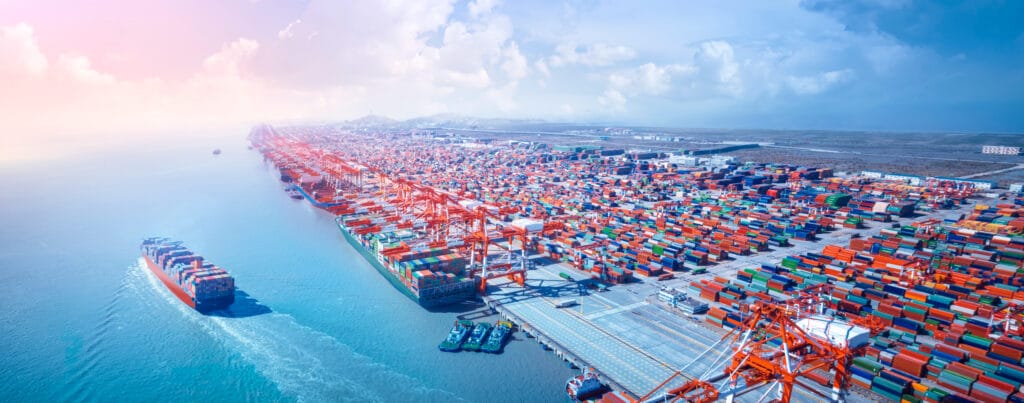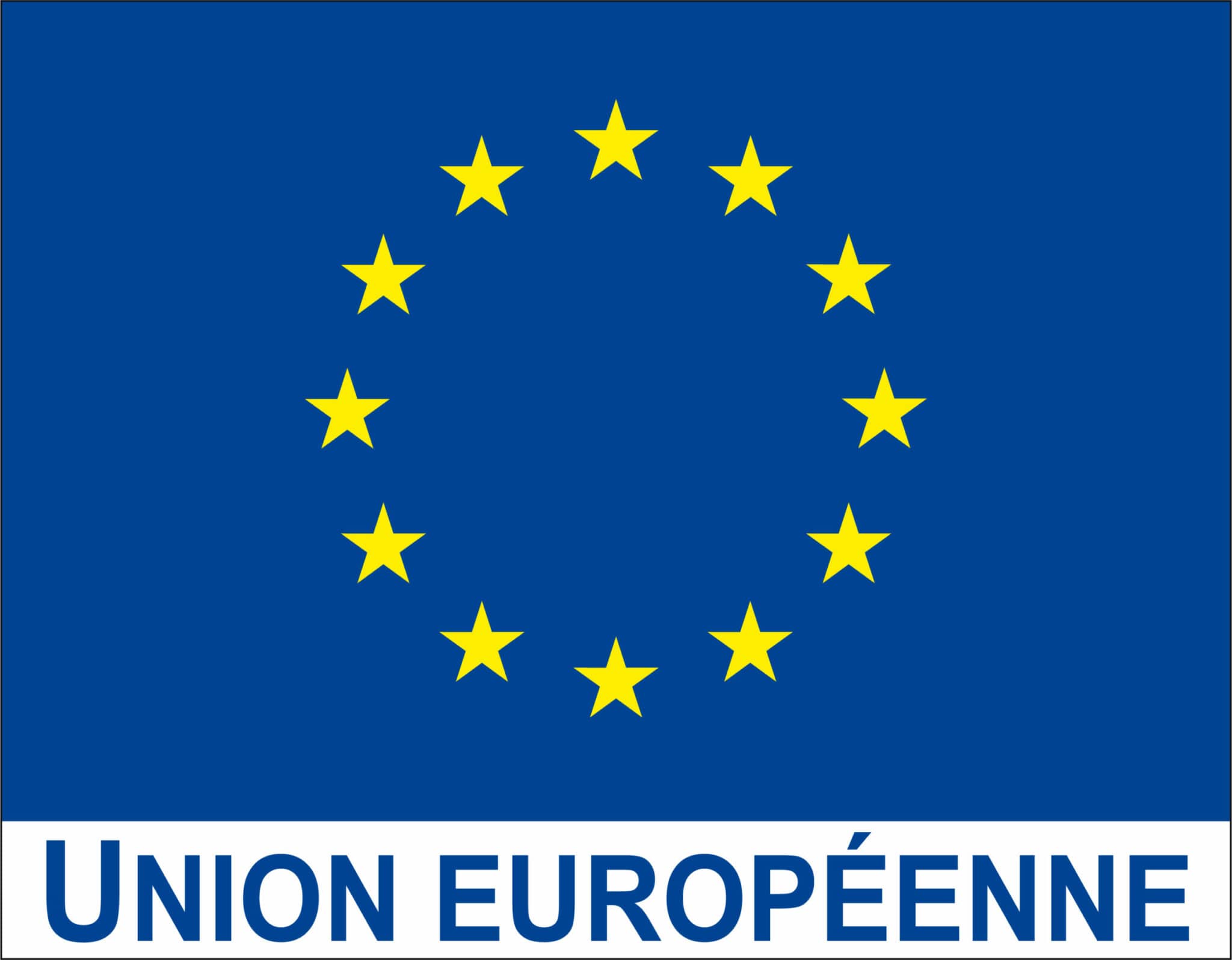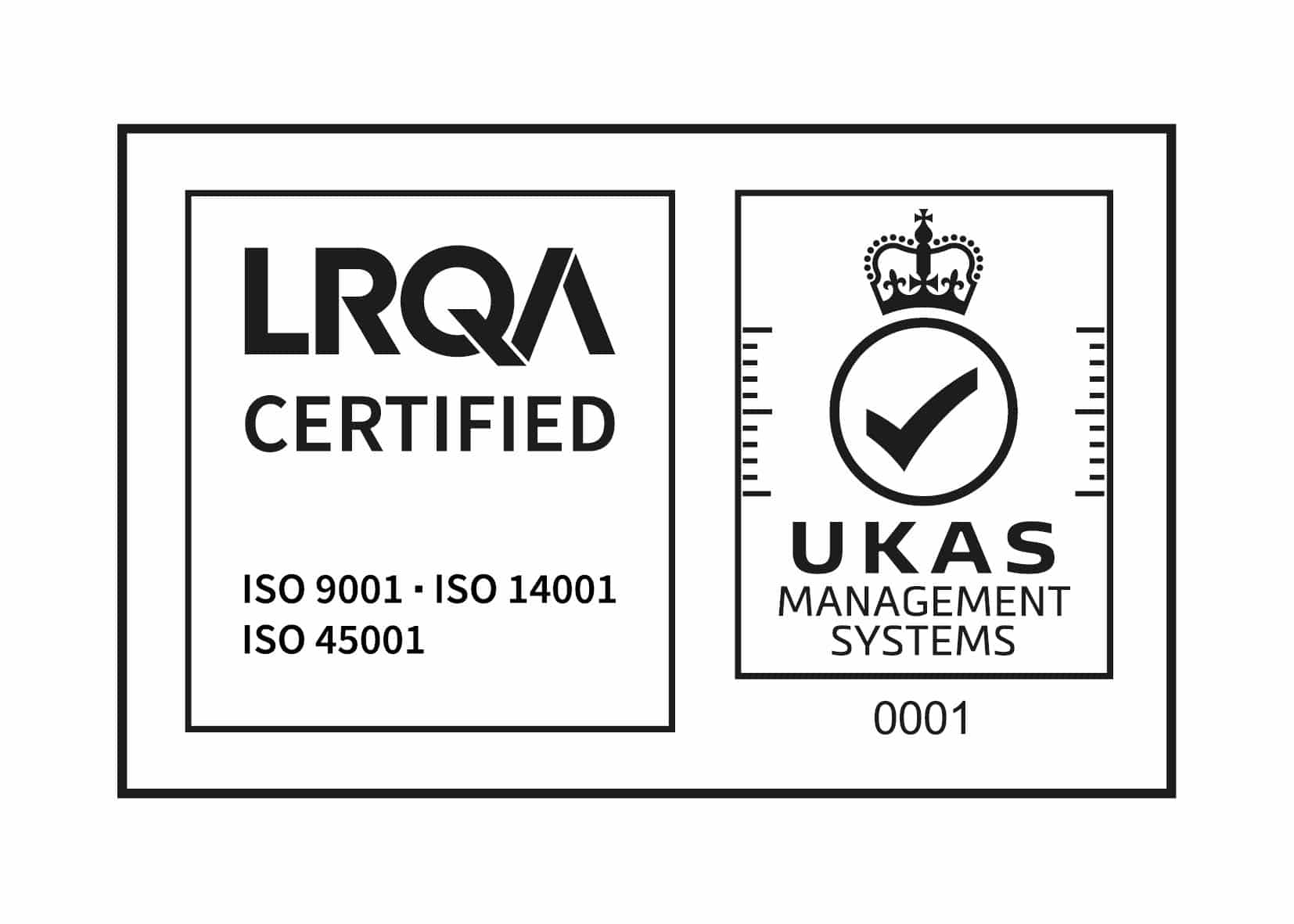The sea transportation sector involves a large number of stakeholders, who have a huge environmental and economic impact. Specific regulations are therefore needed to coordinate a variety of activities, enhance efficiency and safety, and reduce the carbon footprint while adapting to the great new challenges that regularly arise. Here are the main regulations in force in the shipping industry.
You may also like …
What are the key regulations in force in the sea transportation sector?
The International Maritime Organization (IMO) is the main regulatory body in the shipping industry. This United Nations specialized agency for maritime transport sets global rules that are then implemented by regional and national entities, who also control their application. Among them are the European Maritime Safety Agency (EMSA), the Federal Maritime Commission (FMC) for the United States, the Maritime Safety Administration of the People’s Republic of China (CMSA), etc.
Regulations in the global maritime sector are meant to enable smooth cooperation between all market payers worldwide, but also to respond to numerous challenges:
- minimize CO2 emissions
- embrace environmental, social, and governance (ESG) strategy to retain investors and customers
- increase the use of new digital technologies like Artificial intelligence (AI), Cloud computing, Internet of Things, Machine Learning, software as a service (SaaS)
- assess risks and ensure safety and cybersecurity
- improve operational efficiency
- find capital for the required investment
- cut costs
- educate and train the workforce and future leaders.
The four Pillars of regulations in the shipping industry are:
First introduced in 1974, the International Convention for the Safety of Life at Sea describes the minimum requirements for merchant vessels of any flag state on basic safety aspects. This treaty covers the ship’s construction, equipment, and operation.
- STCW
Adopted in 1978, the International Convention on Standards of Training, Certification, and Watchkeeping for Seafarers (STCW) establishes the standard qualifications of all persons working on board commercial ships at an international level.
- MARPOL
Since 1973, the International Convention for the Prevention of Pollution from Ships (MARPOL) defines the rules that prevent pollution of the marine environment because of operations or accidents, mainly oil spills. After an amendment in 1978, the regulation has been updated under MARPOL Annex VI to impose a limit of 0.5% on sulfur levels in fuels used by all operating ships.
- MLC
The Maritime Labor Convention of 2006 aims of the MLC is meant to protect the seafarers’ rights. Governments, shipowners, and ship operators must provide the latter with decent working and living conditions. This is also a way to create fair competition on the market.
How to Track a Ship In Real-Time ?
Let us look at how a ships’ real-time tracker works, its details and features, its benefits for all players in the shipping sector but also its weaknesses…
What are the regulations applying to EU shipping industry?
The European Union is committed to lower its total greenhouse gas emissions by at least 55% by 2030 compared to 1990 levels. This is a core step to reach carbon neutrality by 2050 and on a wider scale, achieve the UN Sustainable Development goals. Being one of the most polluting economic sectors, maritime shipping has a pivotal role to play in this regard.
The Fit for 55 package as part of the European Green Deal
On 14 July 2021, the European Commission adopted a suite of legislative proposals that aims at achieving the above-mentioned goal as part of the fight against climate change.
Maritime shipping is one of the sectors encompassed in the « Fit for 55 packages » directive, with four noteworthy measures:
- The European Trading System Directive
- The FuelEU Maritime Regulation
- The Alternative Fuels Infrastructure Regulation
- The Energy Taxation Directive
- The European Trading System Directive
As of 2023, all commercial vessels of any flag with more than 5,000 GT will become subject to the ETS. Until 2030, emissions from the current ETS sectors should fall by 61% compared to 2005 levels. 100% of intra-EU emissions will be considered, but only half of the GHG emissions for ships arriving in or departing from Europe.
- The FuelEU Maritime Regulation
The EU maritime sector sets ambitious targets to limit the GHG intensity of the energy used on board ships that arrive, stay or leave a port under the jurisdiction of an EU country. The FuelEU Maritime proposal, which shall come into effect in 2025, will accelerate the shipping industry’s decarbonization.
A common EU regulatory framework could cover three aspects:
- increase the use of renewable and low-carbon marine fuels and sustainable propulsion technologies;
- force large ocean-going ship to connect to onshore power supply or zero-emission technology when at berth in European ports. Shipping companies that do not comply may have to pay fines or might be banned from EU waters.
- The Energy Taxation Directive (ETD)
As of 1 January 2023, the fuels used for intra-European voyages will no more be tax-exempt. The tax exemption will only remain for international bunker for extra-EU trips and for alternative fuels for a ten-year period. Heavy fuel oil will be taxed at a rate of around €37 per ton, whereas a tax rate of €0.6 per Gigajoule (GJ) will apply to LNG as a start.
- The Alternative Fuels Infrastructure Regulation
The AFIR repeals Directive 2014/94/EU. It introduces mandatory deployment targets of infrastructure for alternative fuels. This means the expansion of LNG recharging and electrical power supply stations on land by. The biggest port in all EU states are concerned with a deadline of 2030. This dense and widespread onshore network has to come with the availability of LNG supply by 2025.
How to Track a Ship In Real-Time ?
Let us look at how a ships’ real-time tracker works, its details and features, its benefits for all players in the shipping sector but also its weaknesses…
The EU’s Ship Recycling Regulation (EU SRR)
These EU rules are intended to reduce the negative impacts of recycling ships. Indeed, a number of large vessels are dismantled every year, causing pollution but also material damage and personal injury or death. These are caused by poor environmental and social conditions: low-paid workers who are insufficiently protected and do not have any proper tools nor use appropriate methods.
The regulation has been set to make such operations safer and greener, especially through safe disposal or recycling of all vessel components, especially hazardous materials. Furthermore, an inventory of hazardous materials has to be available on board all ships flying the flag of European Union countries, as well as third-country ships calling EU ports. This document must mention the estimated quantities and exact location of those toxic materials and can be verified anytime by port authorities of EU countries. The objective is to prevent, accidents and lessen the negative effects on the environment.
Conclusion about the main regulations regarding the shipping industry
With the growth of international trade and the ecological emergency, the legislative framework will have to keep on evolving over the years to tackle various challenges related to technology, the environment, finance, security, and people.
However, the regulatory authorities in the shipping industry will face a major constraint: striking a balance between regional initiatives (for example at EU level) and regulations agreed by the IMO. Because of the international nature of this sector, measures must be harmonized and compatible.
Frequently Asked Questions About: Main Regulations about the Shipping Industry
The main regulatory body of the sea transportation industry is the International Maritime Organization (IMO). It is a specialized agency of the United Nations (UN) based in London.
Regulations are needed to coordinate a variety of activities, enhance efficiency and safety, and reduce the carbon footprint while adapting to new challenges that regularly arise.
The purpose of these regulations is to reduce the negative impacts linked to the recycling of ships by ensuring that proper vessel dismantling methods are used to achieve safe disposal or recycling of all ship components, including hazardous materials.





